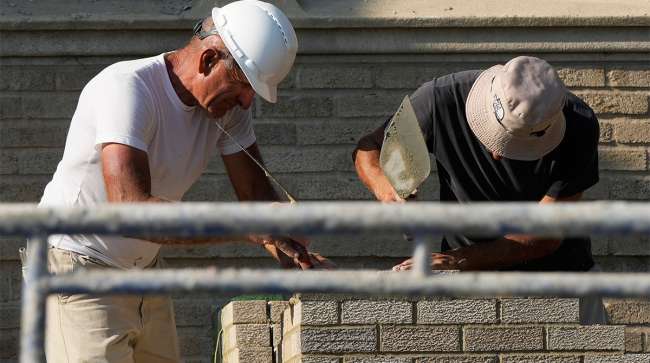Hiring Rebounds in August in Sign of Slowing Job Market

[Stay on top of transportation news: Get TTNews in your inbox.]
WASHINGTON — Hiring by America’s employers picked up a bit in August from July’s sluggish pace, and the unemployment rate dipped for the first time since March in a sign that the job market may be cooling but remains sturdy.
Employers added 142,000 jobs last month, up from just 89,000 in July, the Labor Department said Sept. 6. The unemployment rate ticked down to 4.2% from 4.3% in July, which had been the highest level in nearly three years.
Collectively, the figures depict a job market slowing under the pressure of high interest rates but still growing. Many employers are responding to the resilience of consumers, who stepped up their spending in July, even after adjusting for inflation. A survey of service sector companies, including banks, restaurants and health care providers, found that their sales and hiring both rose.
The labor market is now in an unusual place: Jobholders are mostly secure, with layoffs low, historically speaking. Yet with the pace of hiring having weakened, landing a job has become harder.
Payroll employment rises by 142,000 in August; unemployment rate changes little at 4.2% https://t.co/ZwrVfLviqL #JobsReport #BLSdata — BLS-Labor Statistics (@BLS_gov) September 6, 2024
In the meantime, inflation is steadily falling back to the Federal Reserve’s 2% target, opening the door for the Fed to cut its key interest rate from a 23-year high. The Sept. 6 report makes it likely that the central bank will announce a quarter-point rate cut when it next meets Sept. 17-18.
In a speech last month, Chair Jerome Powell suggested that the Fed’s policymakers have all but tamed inflation through high interest rates and don’t want to see the job market weaken further. The central bank is trying to achieve a “soft landing,” in which it succeeds in driving inflation down from a 9.1% peak in 2022 to its target level without causing a recession. A lower Fed benchmark rate will lead eventually to lower borrowing costs for a range of consumer and business loans, including mortgages, auto loans and credit cards.
Employment up in 61 metro areas from July 2023 to July 2024 https://t.co/hc00iO5OMK #BLSdata pic.twitter.com/Ueo3PUwJwk — BLS-Labor Statistics (@BLS_gov) September 5, 2024
For now, companies are posting fewer job openings and adding fewer workers, while Americans are far less likely to quit their jobs now than they were soon after the economy rebounded from the pandemic. In a strong job market, workers are more likely to quit, usually for higher-paying opportunities. With quits declining, it means fewer jobs are opening up for people out of work.
Becky Frankiewicz, North American president of the staffing firm ManpowerGroup, said that uncertainty around the presidential election and the Fed’s next moves are causing many companies to hold back on new investments and hiring.
“There’s a whole world waiting to see what happens with our election,” she said. “We have this great waiting game. No one wants to make big moves yet.”
Still, Frankiewicz said the job market appears to be stable for now.
“The bottom isn’t falling out, and we’re not seeing a rocket ship,” she said. “It’s stability.”
A slower pace of hiring is often a precursor to layoffs — one reason why the Fed’s policymakers are now more focused on sustaining the health of the job market than on continuing to fight inflation.
Recent economic data has been mixed, elevating the importance of the jobs report, which is among the more comprehensive economic snapshots the government issues. The Labor Department surveys roughly 119,000 businesses and government agencies and 60,000 households each month to compile the employment data.
Want more news? Listen to today's daily briefing above or go here for more info
The Fed’s Beige Book, a collection of anecdotes from the 12 regional Fed banks, reported that many employers appeared to have become pickier about whom they hired in July and August. And a survey by the Conference Board in August found that the proportion of Americans who think jobs are hard to find has been rising, a trend that has often correlated with a higher unemployment rate.
At the same time, consumer spending, the principal driver of economic growth in the United States, rose at a healthy pace in July. And the economy grew at a solid 3% annual pace in the April-June quarter.
Later Sept. 6, Christopher Waller, a member of the Fed’s Board of Governors, is scheduled to discuss the economic outlook in a speech at the University of Notre Dame. Waller, an influential member of the governing board, may provide insights into the Fed’s next moves.
Substantial rate cuts by the Fed could spur some companies to start hiring more quickly, some labor market experts say.




